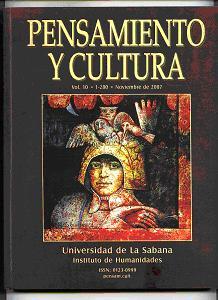Cuba en la estrategia cultural de la España franquista (1945-1958)
Abstract
After World War II, Franquist Spain crossed one of the hardest periods of its history. Alone, in front of a bleeding and a trying-to-recover continent, it decided to get closer to Latin America. Its “preferred daughter”, Cuba, was one of the first countries to get into the Spanish Administration game. The creation of the Cuban-Spanish Cultural Institute, on July 1948, and the permanent support from some intellectual creoles, confirmed the Antilles Greater Island’s loyal backing to the new Imperial designs of “El Caudillo”. Thus, Latin America was strongly reborn within the foreign politics tangential points, along with the cultural image starting to implement.
Downloads
Downloads
Issue
Section
License
1. Proposed Policy for Journals That Offer Open Access
Authors who publish with this journal agree to the following terms:
This journal and its papers are published with the Creative Commons License Attribution-NonCommercial-NoDerivatives 4.0 International (CC BY-NC-ND 4.0). You are free to share copy and redistribute the material in any medium or format if you: give appropriate credit, provide a link to the license, and indicate if changes were made; don’t use our material for commercial purposes; don’t remix, transform, or build upon the material.


